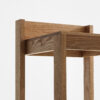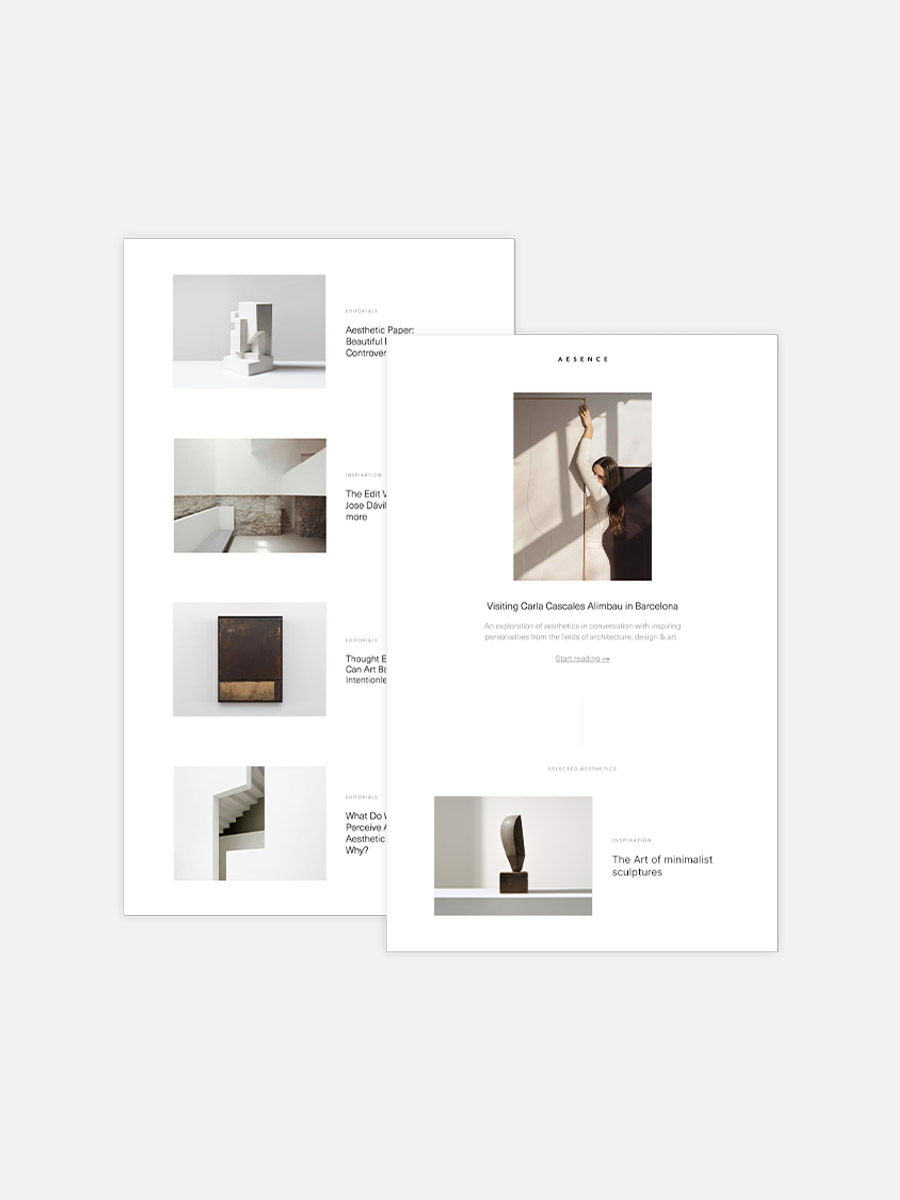Michael Croissant (1928 – 2002) was a pioneer of sculpture and a visionary artist and is one of the most important German sculptors of the 20th century. Born on May 7, 1928, in Landau in Rhineland-Palatinate, he developed an independent, geometrically abstracted formal language that continues to leave its mark on Contemporary Art today.
Croissant came from a family with artistic roots (his father was a painter) and received his education at renowned institutions such as the Schule des Deutschen Handwerks, a private art school, and the Akademie der Bildenden Künste in Munich. He later taught as a professor at the Städelschule in Frankfurt, Germany. His artistic career began as a stonemason in Landau.
Michael Croissant’s artistic development is characterized by a constant reduction and abstraction of form. In the 1970s, a drastic change in his style took place – His work evolved from an intense exploration of the human figure and the forms of nature in the 1950s and 1960s to an ever greater reduction. He took motifs from fauna, mythology and especially the human face. Croissant always remained in search of a contemporary image of the human being, which he artistically realized with ever greater fractures.
These minimalist and abstract sculptures reveal his essence and bring materials such as steel and bronze to life. With his progressive reduction of form and concentration on the head, Croissant succeeded in redefining the human face while providing a glimpse behind it. Yet, he maintained a certain physical presence in each sculpture, regardless of its reduction.
His work has been presented in many solo and group exhibitions, including the retrospective of the Frankfurter Kunstverein in 1990 and the first exhibition of the sculpture biennial “Blickachsen” in 1997. Several of his sculptures are installed in public spaces, while others are part of private collections or important museum collections.
As one of the most important German sculptors of the second half of the 20th century, Michael Croissant has created an independent position that is significant for the history of sculpture. His influence on younger generations of artists continues to be unmistakable.
See more photos of his work here: https://www.artnet.com/artists/michael-croissant/


